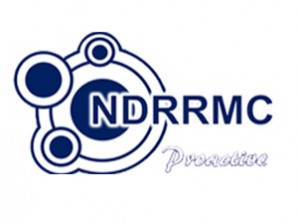
“The Foreign Affairs Acting Secretary Bernadita Catalla informed the Secretary of National Defense that the government of the Republic of Korea is planning to launch its third science and technology satellite on October 26,” Ramos told reporters in a press briefing.
The areas under no sail and no fly zones are Bicol, Samar, Leyte, Surigao City, Dinagat City and Siargao Islands.
“This is for the good of mankind. For the good of all lahat that’s why the international community had approved it (rocket launch),” he added.
The satellite may scatter debris over 450 nautical miles east of Palanan, Isabela on the first stage; 340 nautical miles east of Samar on the second stage; and 330 nautical miles east of Surigao on the third stage, according to the Air Force.
No toxic chemicals are expected from the launch, but the NDRRMC will activate its RadPlan (Radiological Plan) in case of suspected radiation report.
The Maritime Industry Authority (Marina) will issue flag advisory companies in Ilocos, Calabarzon, Bicol and Northern Mindanao.
Airspace closure was also expected and will affect flights to Singapore, Korea and Japan, according to the Civil Aviation Authority of the Philippines.
“We will be issuing notice to airmen seven days before if they plan to deviate away from the affected airspace, so we expect that there will be airspace closure,” Michael Mabanag of CAAP said.
The first two satellite launches of South Korea both ended in failure.